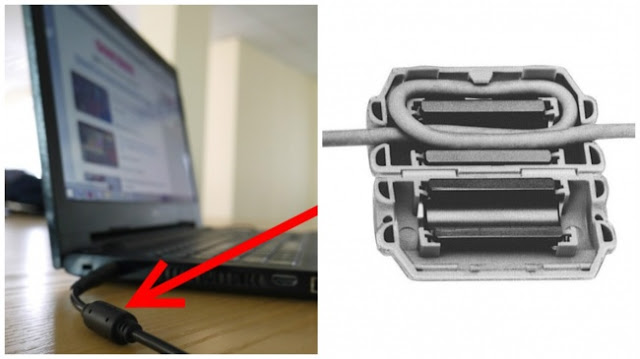A Neon screwdriver or tester is commonly used to check the live wires. If the circuit is live, the neon bulb glows. We can also name it as voltage testing device. However the terms Phase checker, Line tester, Live checker and Positive presence checker is also used to identify the instrument. Here is the full construction with all parts indicated.
Metal Rod:
It is a metallic rod. The lower tip of the rod is specially chamfered to a specific screw design. This end is connected with the live wire. The upper end of this rod is completely cylindrical and it joins with the resistor.
Resistor
Resistor reduces the amount of current in the circuit. This current reduction provides a safe limit for the neon bulb. Next to resistor, the neon bulb is connected.
Neon Bulb
The neon bulb is used as the current indicator. When connected to live circuit, this neon bulb glow and we can know that circuit is live. If there is no current the bulb will not glow.
Spring Elements
Next to neon bulb a metallic conductive spring element is connected. It serves as a bridge or junction between the bulb and cap.
Cap
Next to spring a cap connects. This cap serves two purposes. Its internal sides keep all the equipment tightly pressed within the plastic assembly. Whereas its external side in pressed by the finger. (Full working explained in the working section)
Clip
A clip is conventionally connected with the cap.
Plastic Assembly
The plastic assembly surrounds the whole arrangement and its purpose is to insulate the entire design from human body so as to prevent shock and hazardous conditions.
Working
During working the low end of the metallic rod is connected with the live wire whereas the upper end of the cap is pressed by the human finger. The internal resistance of tester connects in series with the human body. Remember that this internal resistance is very high typically it is the order 200 k. Now the circuit completes and limited current runs through the human body. This current also flows through the neon bulb and it lights up if the circuit is live.
There are a few precautions that should be employed while using the tester. However, two most important precautions are mentioned here:
- The tester should only be used when you are sure that voltage is within 500 V. Also make sure that proper resistor is connected. Never connect the instrument until you are 100% sure.
- Always use the good quality instrument, you can save a few bucks on low-quality material but it can harm your life.



